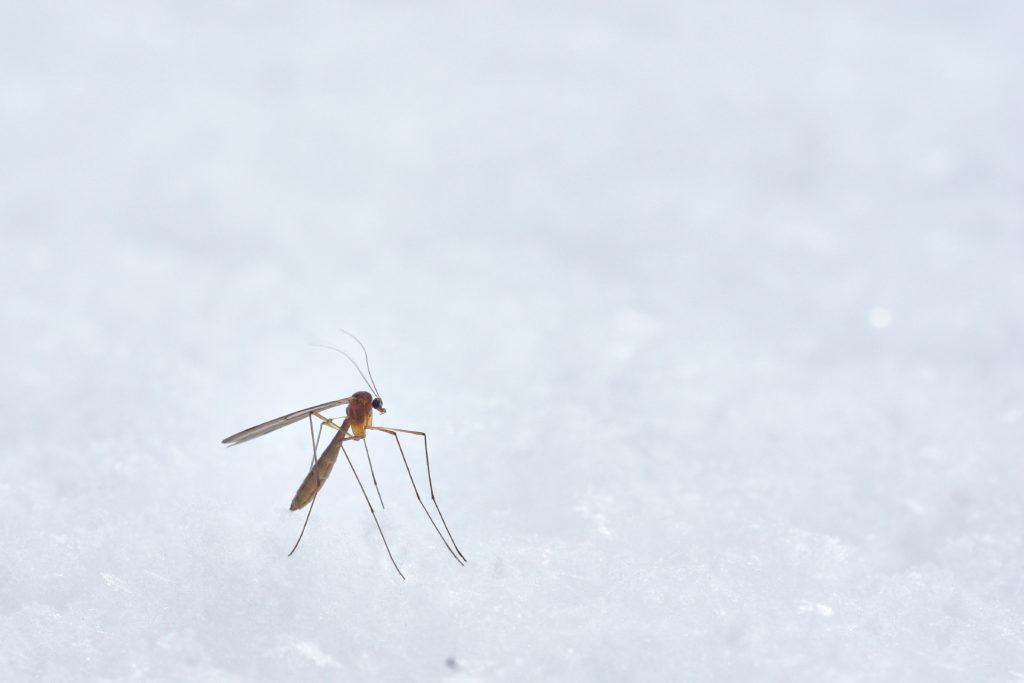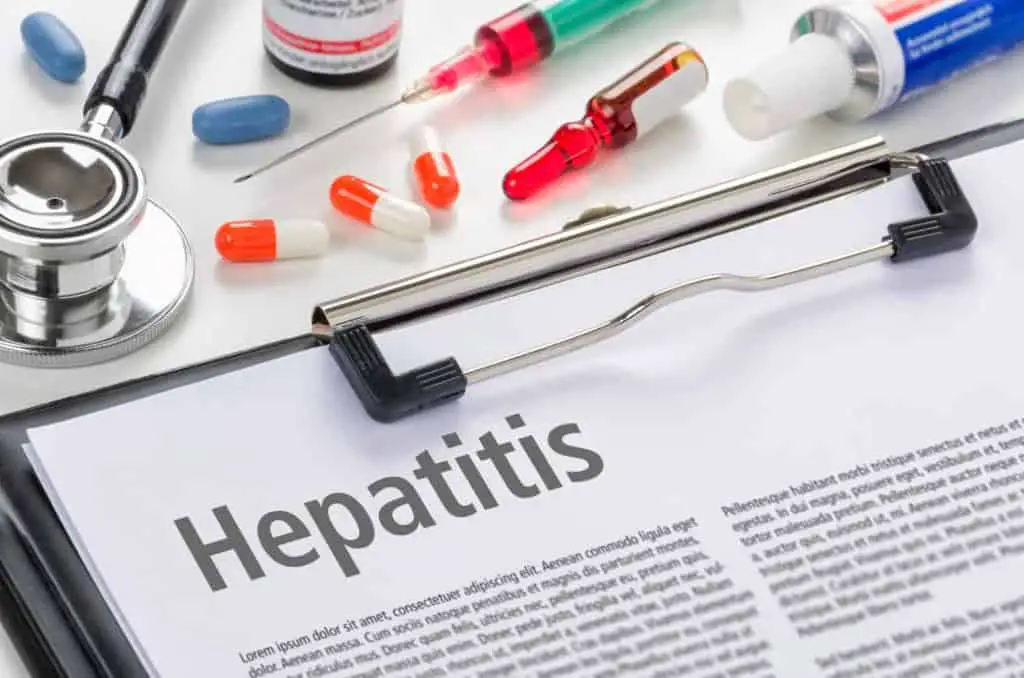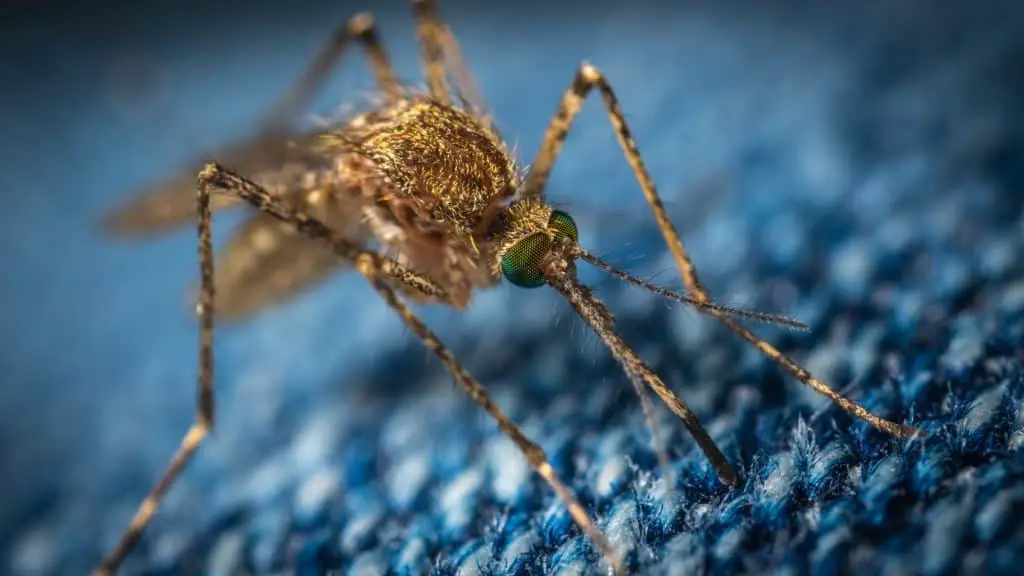As a digital nomad, it’s easy to get distracted with the various details that our lifestyle entails. The research and process one must go through to organize a trip on their own can sometimes leave health concerns to be put on the back burner. In addition, nomads don’t always know their next destination in enough advance to begin the process of vaccination vetting. With these tips, we hope to provide travelers with the tools and knowledge to enjoy their trip safely and with ease!
Let’s take a look at some of the most common diseases that digital nomads could be exposed to, and where they are most prevalent.
Malaria

What is it: Usually caused by an infected mosquito, the bite infects you with a parasite and can be extremely dangerous. There are many types of this disease, and the results can be deadly or curable depending on how fast you are treated.
Where: Frequented nomad destinations such as Brazil, Cambodia, Belize, China, Vietnam, Thailand, South Korea, and South Africa. For a more comprehensive list, check out the IAMAT map of countries with confirmed malaria risk.
How to prepare: You have a few options. Vaccines are available (though not always effective) and require four shots. The shots aren’t guaranteed for any substantial time frame of protection, and costs will vary depending on where you are in the world. Realistically, your best bet of protection will be in malaria pills. They are easy to acquire, cheap, and offer valuable short-term protection. Stock up and begin taking them a few days before you enter the country of exposure. This will also help you determine if you are someone who experiences any of the side effects in advance.
Hepatitis A & B

What is it: A virus that destroys your liver and can be transmitted through infected food, water, saliva, blood, feces, needles, or bodily fluids. The disease is not curable but symptoms can be managed.
Where: Part of the reason this life-threatening disease is so common is that it can be found nearly everywhere. Europe, Asia, Africa, South America, Australia, and North America all share a portion of risk regions.
How to prepare: The combination vaccine is completed in three shots and can offer you protection for at least a decade. This protection is something that requires more long term planning, as the waiting period in between shots can take months. However, most travelers don’t have that kind of time to prepare. The alternative is to go immediately to the nearest clinic and get your first shot, which still offers valuable short-term protection.
Rabies

What is it: A deadly disease typically caused by an infected animal biting you. It attacks a person’s central nervous system and brain. Without immediate treatment of an unvaccinated victim, rabies is fatal.
Where: This disease is in almost every country. But, your risks of exposure are minimal in most. The highest numbers of reported cases are found in countries with large amounts of stray dogs in Asia and Africa.
How to prepare: This is a more costly vaccination, and requires one shot initially, followed by continued booster shots if a traveler will be experiencing prolonged exposure. In some countries, this vaccine is not available. It will be important to research your destination ahead of time to minimize your risk of being exposed without options.
Japanese Encephalitis

What is it: Disease carrying mosquitos infect the victim with their bite. The viral disease can cause a person’s brain to swell and cannot be cured (however it is treatable).
Where: Countries in Asia such as Vietnam, Thailand, Indonesia, Malaysia, Japan, and the Philippines all have increased risk. Here’s a complete list of confirmed countries where exposure can be found.
How to prepare: A vaccine is available to travelers but can be extremely expensive. To stay protected, you’ll need two doses, with each shot being about a month apart. Last-minute wanderers should still consider getting at least their first shot (especially if they are visiting an exposed country long-term), which can still offer critical protection.
Yellow Fever

What is it: Mosquitoes once again are the culprits behind the transmission of this terrible disease. It is not curable (but can be managed) and can attack your heart, liver, and kidneys.
Where: South America and Africa represent the majority of areas with yellow fever. Infection can occur in popular areas of central Africa like Ghana, Kenya, and Uganda. In South America, cases have been seen in parts of Argentina, Uruguay, Peru, and Colombia. Visit the CDC’s maps for a complete detailed description.
How to prepare: Get vaccinated at least 2 weeks before your trip. It is given in one dose and can provide lifelong protection. You’ll receive a yellow card from the approved vaccination clinic, which you’ll want to keep safe, as this will be your ticket to your next destination. Here is a country guide to destinations that recommend, or require, a yellow card for travel.
Dengue Fever

What is it: Another mosquito-transmitted virus that can cause flu-like symptoms along with a high fever and rash. It is treatable with immediate medical attention, and OTC pain relievers should be avoided because of the high risk of internal bleeding caused by the virus.
Where: Countries that display a higher risk of dengue to travelers include Kenya, Tanzania, Cambodia, Indonesia, Malaysia, Nepal, and Thailand. Check out the CDC’s complete list of countries detailing the various levels of dengue-risk.
How to prepare: Most countries do not offer a dengue vaccine for travelers. Rest, hydration, and pain relievers like acetaminophen (no aspirin) are your best bet.
Visit a health facility if your symptoms don’t subside or worsen within a few days.
Online workers who love to explore are sometimes at an increased risk. We look for places that allow us to stretch our money and teach us about new ways of life. More often than not, the countries we travel to are gems because of their low cost, unique culture, and great digital infrastructure. And sometimes, they come with a whole set of health-risks that many explorers are unaware of.
Here at Nomadific, we aim to provide knowledge that helps fellow travelers have a great experience. The best way to have an incredible adventure is to stay healthy. See anything we missed? We’d love to hear from you in the comments below!







Leave a reply